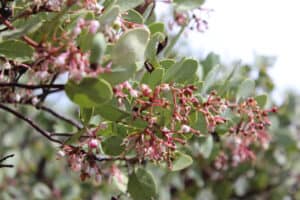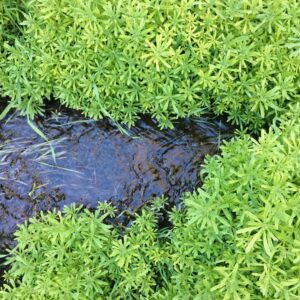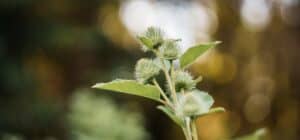Osha is one of our great remedies from North American herbalism with a potent and powerful influence upon the respiratory system. A lot of people reach for it immediately whenever they come down with type of respiratory tract infection, but it’s important to consider the energetics of the plant and match it to the state of the tissues of the person (a core tenet of holistic herbalism).
So Osha has these super pungent, warming, aromatic resins and essential oils in them that tend to have a net warming and drying action in the respiratory system. Thus, if someone has a hot/dry respiratory condition this may not be the best remedy to reach for- unless you formulate with it properly.
In this regard I love combining Osha with Licorice root, as the latter remedy helps to moisten up some of the drying properties of the Osha (it also makes it taste a little more pleasant- though I personally enjoy the taste of Osha). A classic recipe was to make Osha honey. This also tastes quite nice and the honey works similarly to the Licorice- honey actually has a nice soothing demulcent action on the respiratory system. This is why so many cough syrups and drops have honey in them!
But a little more about those resins….
Resins are basically more thick and sticky versions of essential oils and they all tend to have an affinity for the respiratory system. They typically have a pungent, warming, aromatic property and help to break up thick, stuck stagnant mucous- lifting it away from the mucous membranes and letting them lay down a fresh layer of immune rich mucous.
Sounds gross but it’s what they do!
A lot of people will mention these herbs (like the Osha picture below) are antimicrobial, antiviral and the like…. this is ultimately a very allopathic way of thinking about plants.
While yes, plants do have some antiviral and antibacterial properties sometimes, one of the main ways they do what they do is by changing the ecological state of the tissues.
That’s a fancy way of saying that it makes your body less hospitable to these pathogens rather than just killing them off! What I said above about how resins change the state of the mucous membranes in the lungs is an example of changing the ecological status of the tissues.
It is this perspective of how plants work that is critical to using them holistically, which (contrary to popular belief) IS NOT contrary to modern pharmacology and plant chemistry- the constituents are but one means the plants bring about their healing effects.







